It’s 7 AM. Your inbox is flooded with parent inquiries, your curriculum sequencing isn’t finalized, and there’s a pile of ungraded assessments waiting. Sound familiar ?
Now, imagine an AI-driven digital assistant that automates lesson planning, differentiates instructional materials, and analyzes student performance in real-time.
This isn’t the future, it’s happening now. AI in education is transforming how teachers personalize instruction, optimize their workflow, and streamline classroom management. Let’s explore five advanced AI tools that will enhance your teaching efficiency and student engagement.
Magic School AI
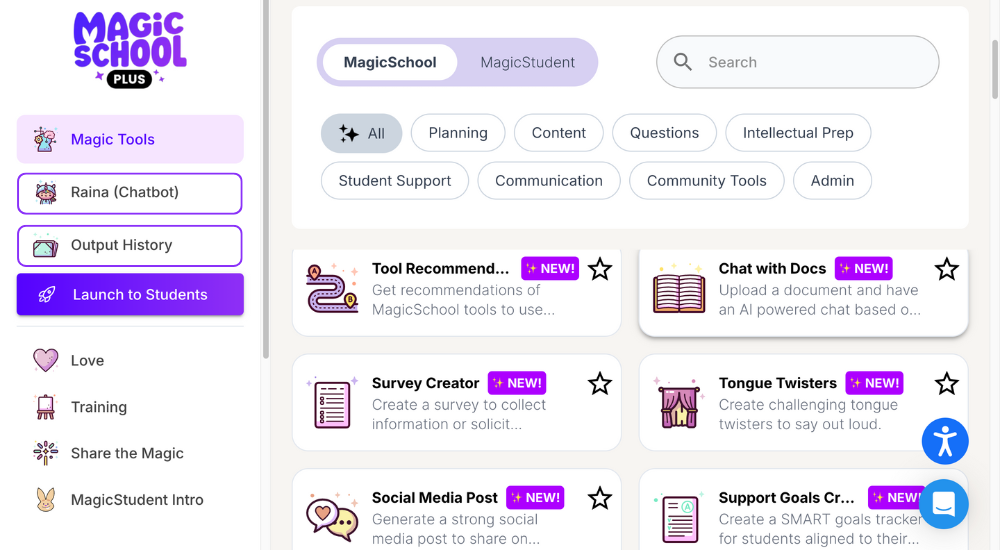
Teachers spend hours building engaging lesson plans that align with learning standards. Magic School AI removes that workload by generating structured, standards-based lesson blueprints in seconds. This tool integrates best practices in instructional design, adapting content to different learning styles while ensuring high engagement.
AI-powered instructional design at your fingertips
Creating pedagogically sound lesson plans takes time. Magic School AI leverages machine learning to generate structured instructional frameworks, incorporating:
✅ Standard-aligned lesson structures
✅ Dynamic learning activities tailored to cognitive levels
✅ Automated parent communication templates
Simply input a learning objective, and Magic School AI delivers a scaffolded lesson plan with differentiated instructional pathways.
Why it matters: This tool acts as an AI-powered curriculum designer, freeing educators to focus on student interaction rather than content logistics.
Diffit
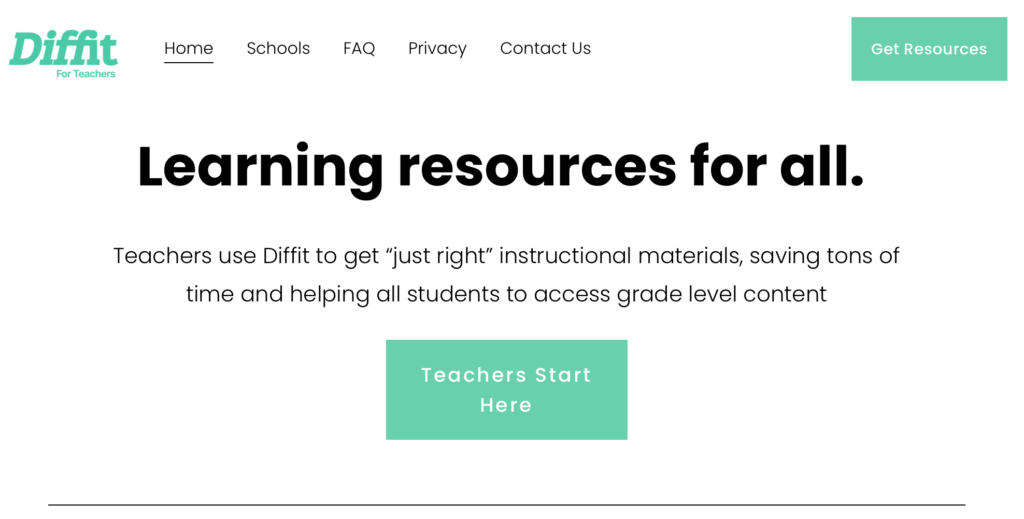
In a diverse classroom, one-size-fits-all teaching materials often fail to engage all students. Diffit uses AI to automatically modify reading materials, ensuring accessibility for every learner. By adjusting lexile levels, language complexity, and cognitive load, it guarantees that no student is left behind.
Tailoring content to diverse reading abilities in seconds
Managing heterogeneous learning groups is challenging. Diffit is an adaptive AI model that customizes text complexity, lexile levels, and cognitive scaffolding for student comprehension.
🔹 Real-time text simplification or enhancement
🔹 Adaptive restructuring based on literacy analytics
🔹 Scaffolded content for struggling readers
Imagine teaching Renaissance literature—Diffit preserves semantic integrity while adjusting for cognitive accessibility.
🎯 Why it’s a must-have: It ensures precision differentiation, allowing every student to engage at their optimal comprehension level.
Gradescope
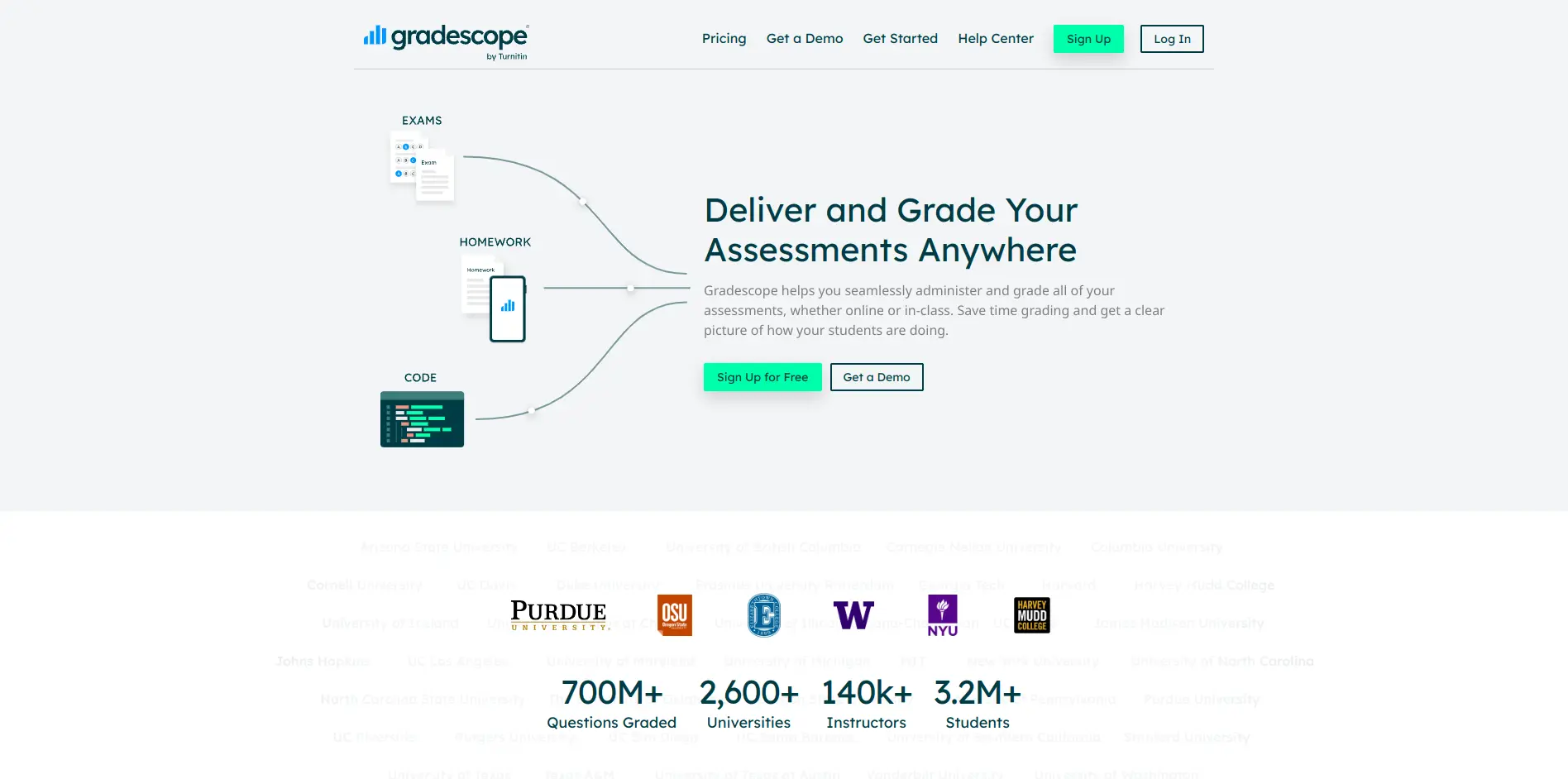
Grading is one of the most time-intensive tasks for teachers. Gradescope automates assessment evaluation, offering instant feedback and insightful analytics. Whether grading handwritten assignments, multiple-choice tests, or essays, this AI tool reduces the cognitive load of manual grading and enhances the accuracy of assessment results.
AI-powered feedback that saves hours
Grading remains one of the biggest administrative burdens for educators. Gradescope’s AI-driven evaluation engine automates scoring, feedback, and error analysis across multiple assessment types:
✨ OCR-based handwritten submission processing
✨ AI-enhanced rubric application for essay evaluation
✨ Performance analytics to identify learning gaps
Using pattern recognition algorithms, Gradescope identifies common misconceptions, providing data-backed intervention strategies.
Why it’s revolutionary: Teachers reclaim critical thinking time, replacing manual grading fatigue with AI-driven assessment insights.
4. Canva Magic Write
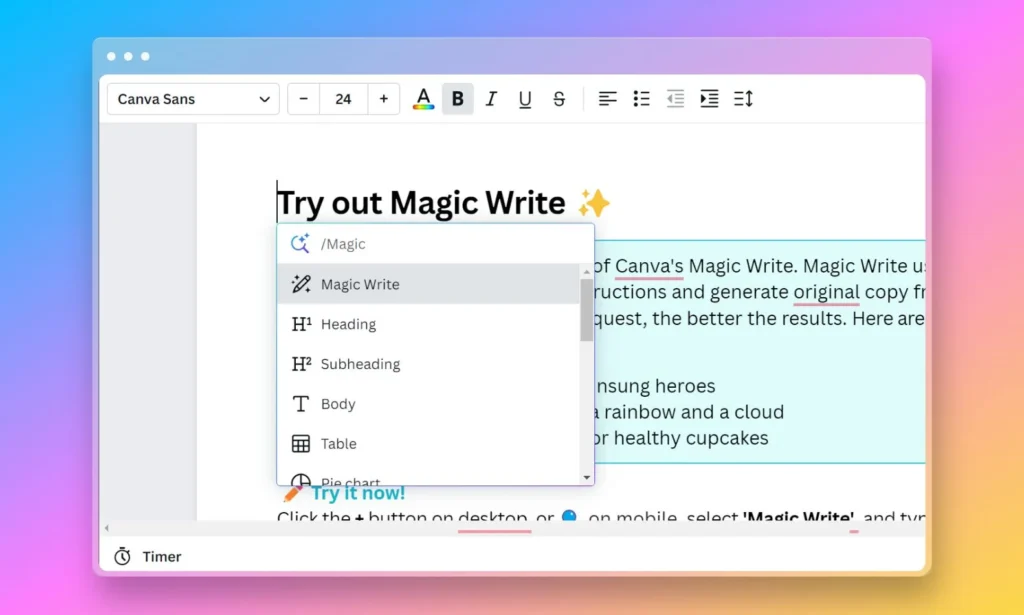
Classroom materials matter. Canva Magic Write empowers educators to create visually engaging lesson plans, worksheets, and presentations effortlessly. Instead of spending hours designing, teachers can rely on AI-driven layouts and templates, making every piece of content polished and professional.
Designing interactive classroom materials without a graphic design background
Cognitive load theory suggests that visual learning materials enhance retention. Canva Magic Write integrates natural language processing (NLP) and generative AI to help educators:
🎨 Generate AI-curated infographics
📄 Design adaptive learning worksheets
📢 Craft multimedia lesson supplements
The AI aligns visual presentation with instructional goals, ensuring engagement-driven learning experiences.
Why educators love it: It merges AI-powered content curation with instructional scaffolding, elevating active learning strategies.
ChatGPT for educators
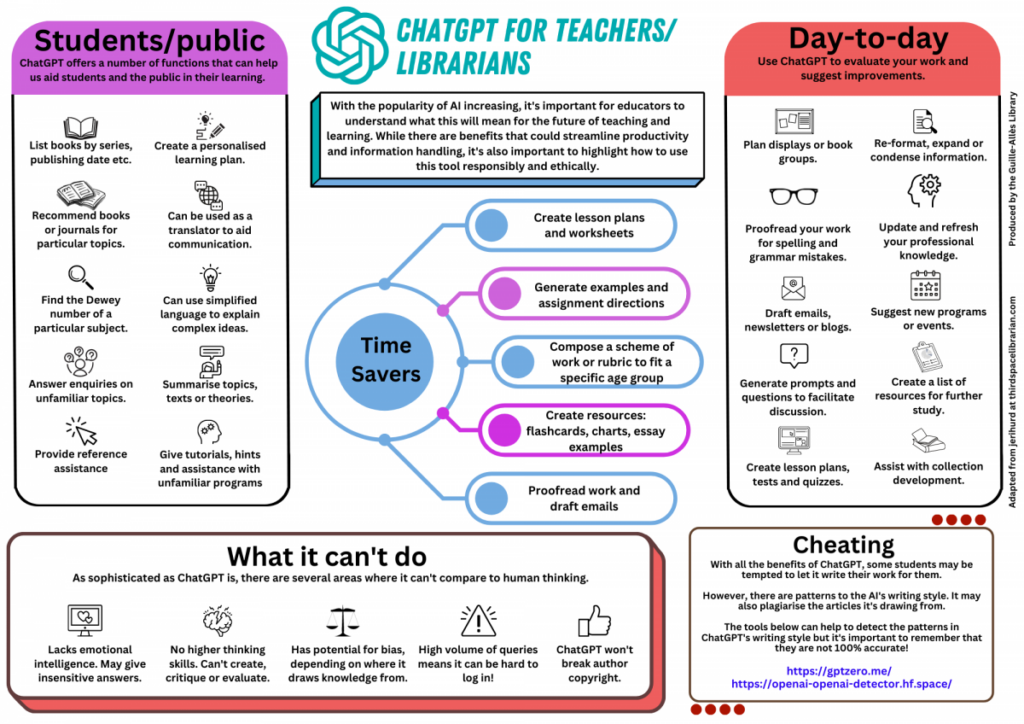
Lesson planning, student feedback, and content development take time. ChatGPT for educators is a multi-functional AI assistant that helps teachers brainstorm, draft assessments, and personalize learning activities. Instead of staring at a blank page, educators can use AI-generated suggestions to refine their lessons with minimal effort.
The ultimate AI collaborator for lesson planning and student engagement
ChatGPT has evolved beyond simple chatbot functionality, it’s now an AI-driven pedagogical assistant that can:
🔹 Generate Socratic questioning frameworks
🔹 Create personalized formative assessments
🔹 Design dynamic discussion prompts based on curriculum alignment
By integrating predictive analytics, ChatGPT identifies student learning patterns, offering targeted intervention strategies.
Why it’s indispensable: It transforms AI from a passive tool into an interactive co-teacher, optimizing instructional delivery rather than replacing educators.
Bonus: AI for real-time classroom automation
AI is also making waves in real-time classroom management and task automation.
ScribeSense:
-
- Digitizes handwritten student work and provides instant feedback.
- Tracks student progress over time, offering insights into learning trends.
Voice assistants (Siri, Alexa, Google Assistant):
-
- Automates routine tasks like setting timers, retrieving information, or managing schedules.
- Supports accessibility by providing voice-activated tools for students with disabilities.
Why it’s transformative:
-
- Reduces the cognitive load on teachers, allowing them to focus on instruction.
- Creates a more efficient and organized classroom environment.
- Enhances accessibility and inclusivity for all learners.
Final thoughts: Why AI is the next frontier in education
AI tools are not about replacing teachers but empowering them to be more effective and efficient. By automating repetitive tasks, providing data-driven insights, and enabling personalized learning, AI allows educators to focus on what they do best: inspiring and guiding students.
- Key benefits of AI in education:
- Scalability: Reaches more students with personalized learning experiences.
- Efficiency: Saves time on administrative tasks, grading, and resource creation.
- Engagement: Enhances learning through interactive, visually rich materials.
- Equity: Ensures all students, regardless of ability, can access high-quality education.
- Future trends:
- Increased integration of AI with Learning Management Systems (LMS).
- Development of AI tools specifically for special education and ELL (English Language Learners).
- Greater emphasis on ethical AI use, ensuring data privacy and minimizing bias.
Which AI tool will redefine your classroom ?
The choice depends on your specific needs:
- Magic school AI for lesson planning.
- Diffit for differentiated instruction.
- Gradescope for grading and analytics.
- Canva magic write for visual content creation.
- ChatGPT for versatile teaching support.
Let us know which tool resonates most with your teaching goals ! 🚀


